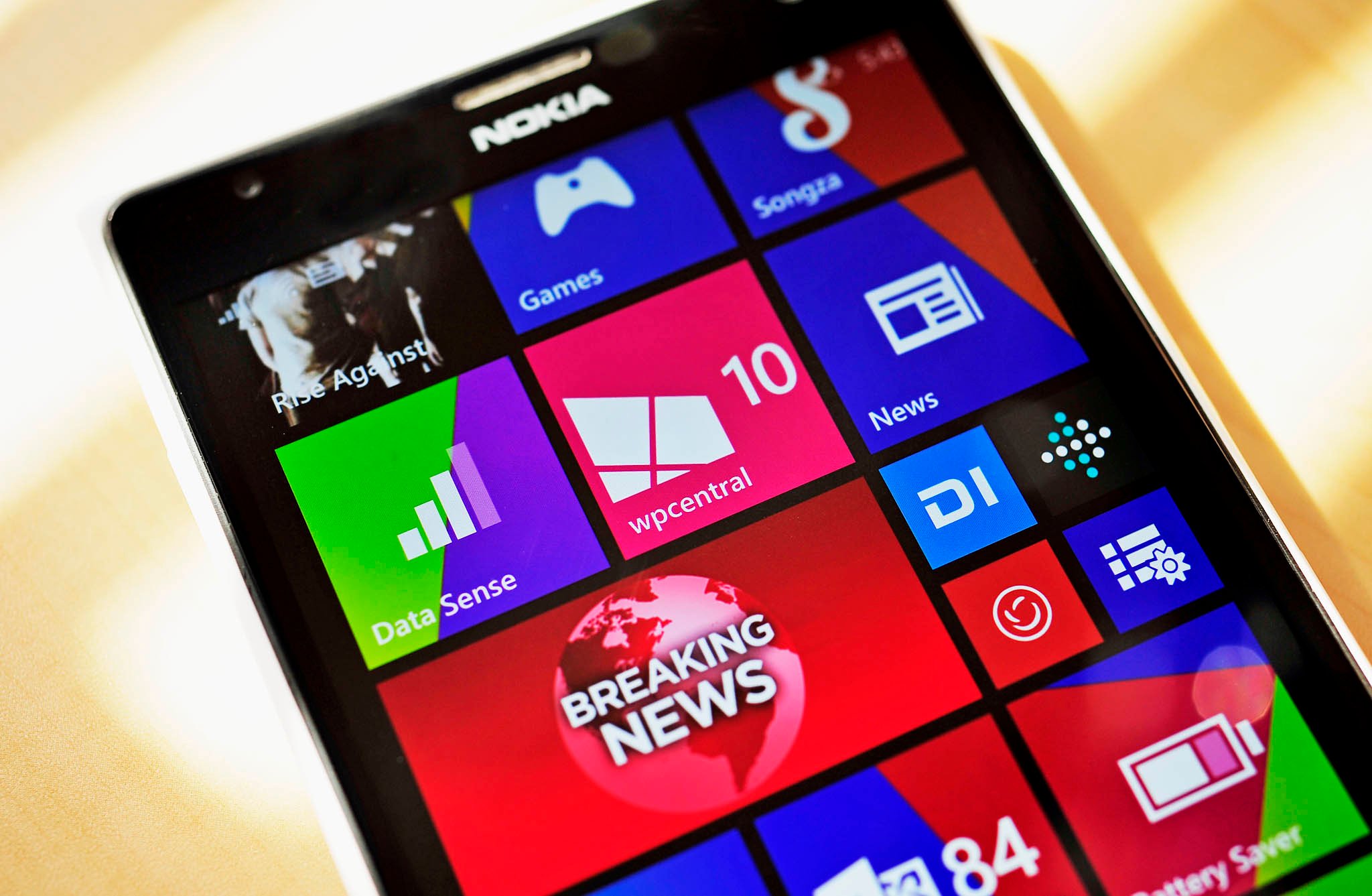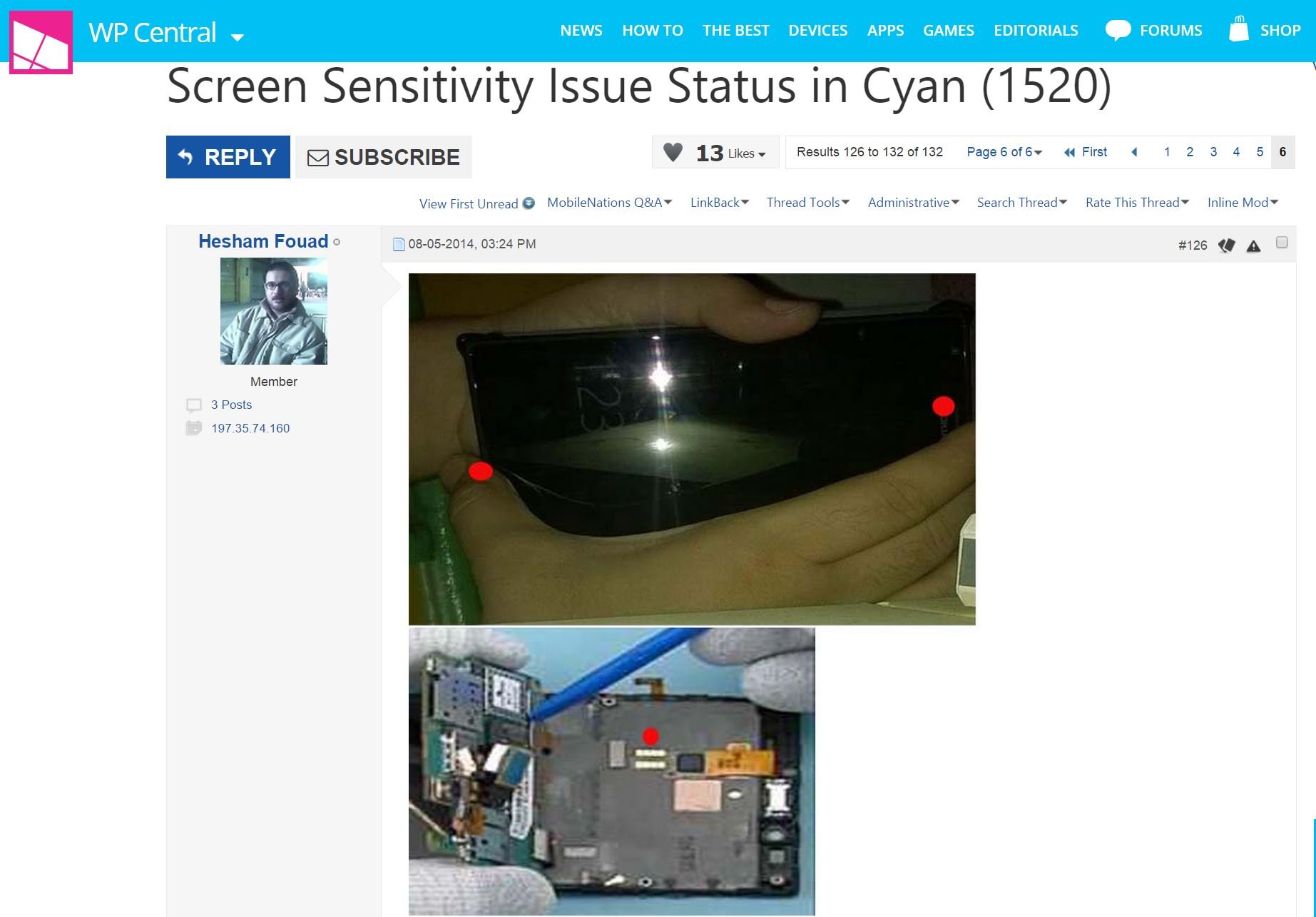Possible 'fix' for Lumia 1520 tap and scroll problem linked to flexing the screen

The Lumia 1520 is in many ways the perfect Windows Phone assuming, of course, that you are okay with a 6-inch display. However, if there is one Achilles Heel that only occasionally rears its head it is the 'scroll/tap' issue. Although more a nuisance than anything, the bug randomly occurs when scrolling on the display using a swipe, but instead the device registers it as a 'tap.' This hardware "misreading" results in the phone opening links, tweets, photos, or hyperlinks when the user only intended to scroll up or down.
Ever since the Lumia 1520 started exhibited this problem, it was largely assumed to be a software (firmware) problem, or a screen-calibration tweak. The randomness of the bug and subsequent software releases though calls this explanation into question. Even more, some users have it and others do not.
Now, a new theory grounded in the hardware of the device appears to go a long way in explaining the problem and even how to solve it.

In our forums, member Hesham Fouad has posted an interesting idea. His main proposal is that this is a hardware design flaw related to the size of the display. More precisely, the digitizer contacts behind the display become misaligned. The cause of the misalignment is screen flex, like when you put the phone in your front pocket, display down, and the device flexes downward slightly causing the center contact to miss the connection.
The solution to the problem is twofold:
- Lightly press down on the top and bottom of the display
- Do not carry the Lumia 1520 in your front pocket, display down
This explanation by Fouad is elegant because it not only explains why software tweaking (or disabling the super-sensitive touch) has no effect, but it also clarifies why only some users experience this and not others (and even the randomness within an affected device). In theory, people with a Lumia 1520 who never put pressure on the display, causing it to flex do not experience this bug.
As to the solution, although it has only been a few minutes, my Lumia 1520 does seem to respond better to touch. However, being schooled in science for a long time, I know placebo effects can be vicious.
All the latest news, reviews, and guides for Windows and Xbox diehards.
Assuming this is the cause of the problem, Nokia (and now Microsoft) would not recall the device if only because this does not rise to the level of prohibiting the usage of the phone. Although it can be an annoyance, I personally cannot say it makes me not want to use the Lumia 1520, of course, your level of irritation may vary.
If you are experiencing this problem, head into the forums and read Foud's post, the subsequent discussion, and the let me know if his 'fix' is working for you.
Source: WPCentral Forums; Thanks, slysy, for the tip!

Daniel Rubino is the Editor-in-chief of Windows Central. He is also the head reviewer, podcast co-host, and analyst. He has been covering Microsoft since 2007 when this site was called WMExperts (and later Windows Phone Central). His interests include Windows, laptops, next-gen computing, and wearable tech. He has reviewed laptops for over 10 years and is particularly fond of 2-in-1 convertibles, Arm64 processors, new form factors, and thin-and-light PCs. Before all this tech stuff, he worked on a Ph.D. in linguistics, performed polysomnographs in NYC, and was a motion-picture operator for 17 years.
